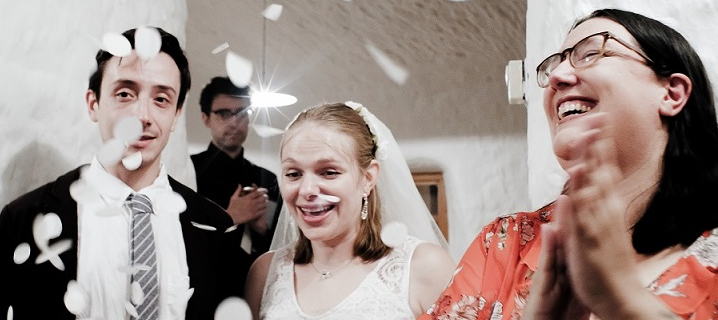Tag: Walpurgis
-

Through Someone Else’s Eyes: A Confession
As an in-game larp photographer, it is indeed possible and maybe sometimes even desirable to let your character take over.

As an in-game larp photographer, it is indeed possible and maybe sometimes even desirable to let your character take over.